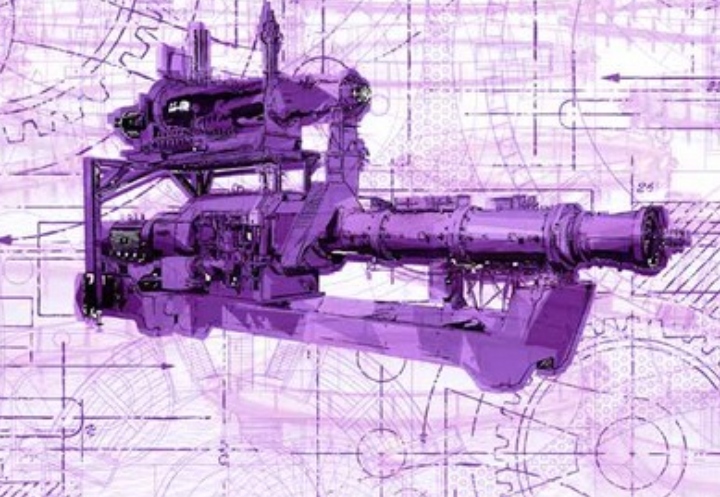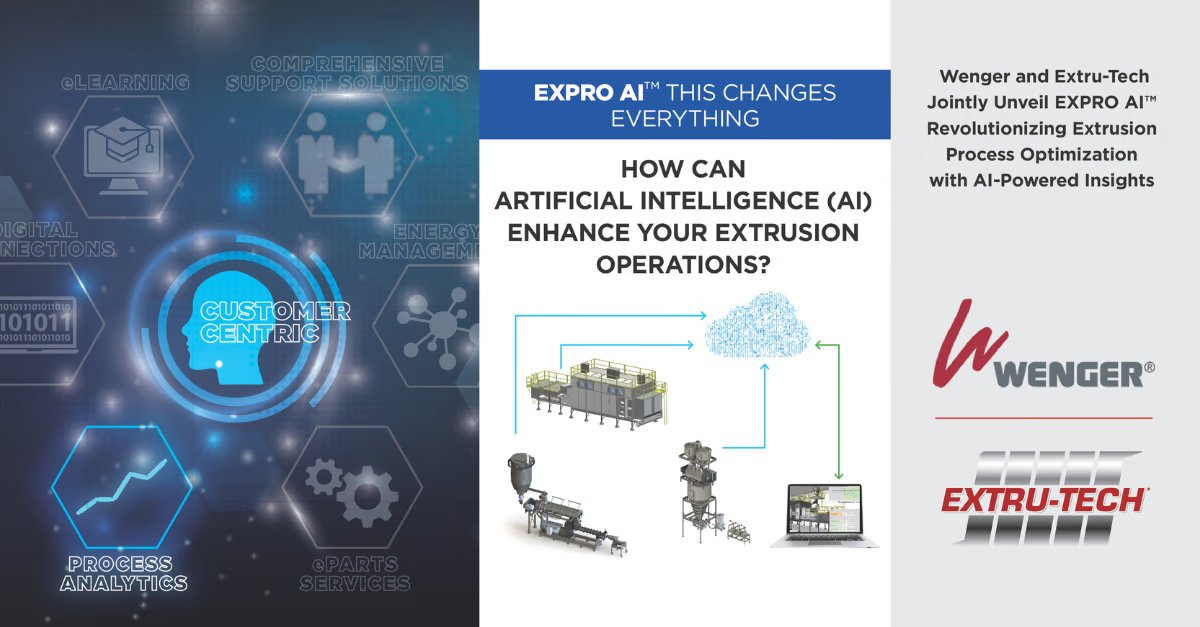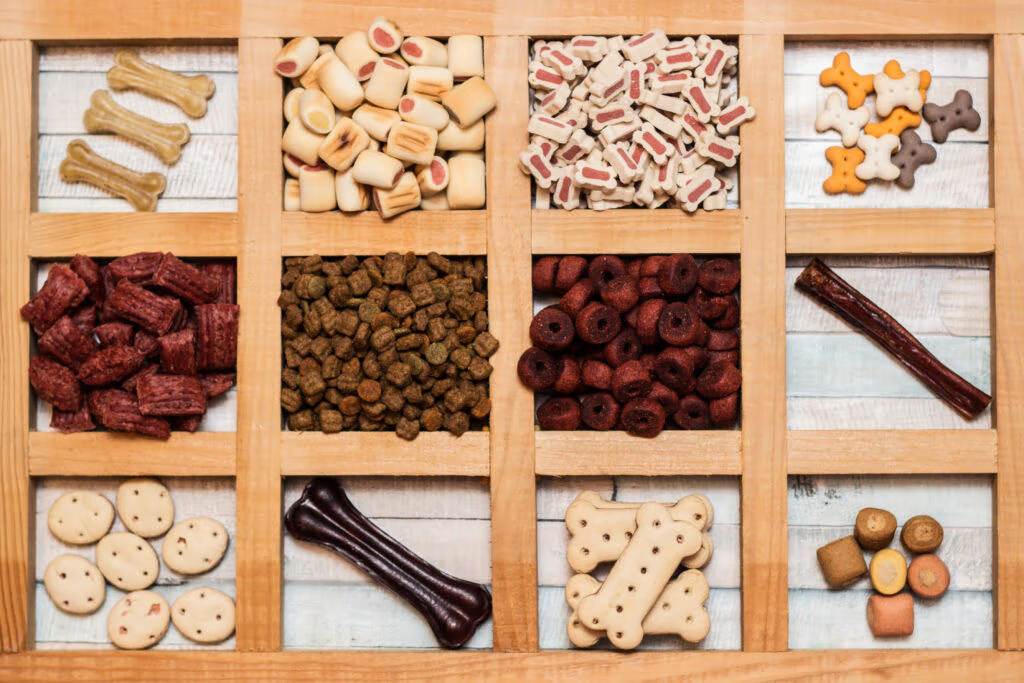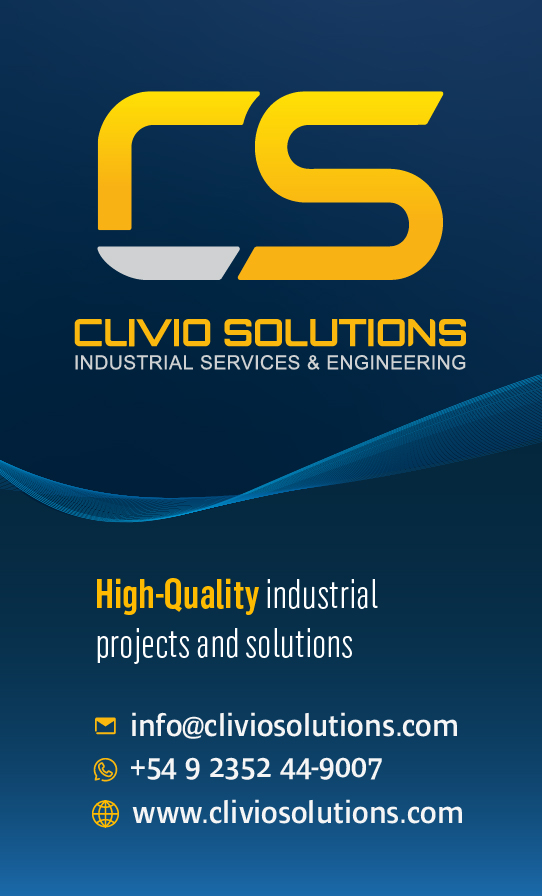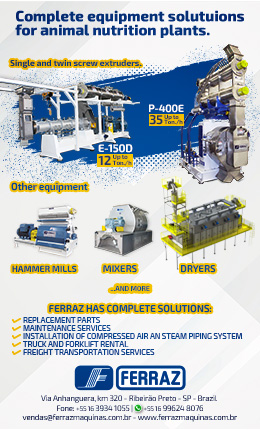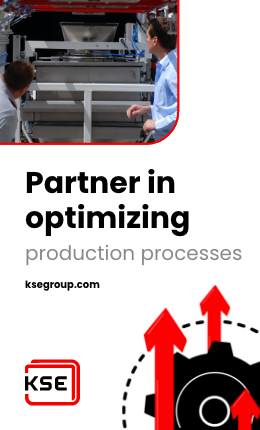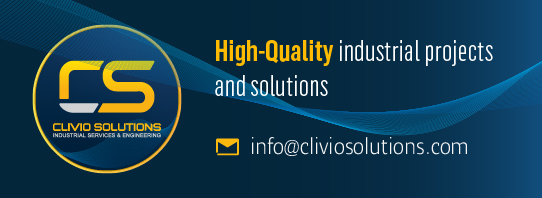The extruder is an ideal machine that can be designed for processing pet food, floating or sinking aquatic feed by adjusting the formula. Extrusion requires moisture, heat, and pressure to process the aqua feed. Temperature higher than 100℃ are needed in order to achieve expansion of the aqua feed as it leaves the die.
In extrusion, the temperature is achieved through preconditioning and steam injection. At the same time the material also undergoes relatively high pressure. The pressure difference in the interior of extruder and the external environment will cause the extrusion of the aquatic feed. As the material is squeezed through die holes at the end of the extruder barrel, part of the water in the superheated dough immediately vaporises and causes expansion. During extrusion, high quality aqua feed pellets are made by the denaturing of proteins and gelatinisation of starches. The aqua feed manufacturing industry is widely recognised as one of the fastest expanding feed industries in the world.
Extrusion is not a new technology. Since extrusion technology began in 1948, the equipment to produce aquatic feeds may look different, but the principles of processing remain the same; we cook feed at high temperatures. When a company commits to extrusion technology, it can be assured that an extruder will last for more than 20-30 years if maintained properly. The decision on which extruder to buy is based on costs, support and commitment of the company. A typical aqua feed extruder consists of feeding devices, preconditioner, extruder barrel, die and cutter.
Feeding devices (Feed delivery system)
Essential to any extrusion operation are the feed delivery systems. Hoppers or bins are an integral part of a feeding device and are used to hold the dry ingredients above the feeders. These systems must be able to uniformly feed both a dry and/or liquid ingredient and blend of ingredients.
Preconditioner
The preconditioning step initiates the heating process by the addition of steam and water into the dry mash. Uniform and complete moisture penetration of the raw ingredients significantly improves the stability of the extruder and enhances the final product quality. The objectives of a preconditioning step are to continuously hydrate, heat, and uniformly mix all of the additive streams together with the dry recipe.
The preconditioning process is simple. Raw material particles are held in a warm, moist, mixing environment for a given time and then are continuously discharged into the extruder. This process results in the raw material particles being hydrated and heated by the steam and water in the environment.
Extruder barrel
The extruder barrel assembly consists of a rotating extruder shaft and elements (segmented screws and shear locks), a stationary barrel housing (comprised of segmented sections), and a die and knife assembly. The length to diameter ratio of the extruder barrel can be varied as well as the actual geometrical design of each individual component.
The available screw elements vary depending upon the manufacturer and the application. In addition to simply transporting the material from the inlet to the die, screw geometry can influence mixing, kneading, heating and pressure development. Extruder rotating screw and shear lock elements sequentially convey and heat the material through mechanical energy dissipation.
Movement and transformation of material within the extruder can be described as a three-unit operation; feeding, kneading or transition, and the final cooking zones. There are three types of extruders most commonly used in the aqua feed industry. These are the single screw, co-rotating parallel shaft twin screw and conical co-rotating twin screw extruders.
Die/knife design
Die and knife technology is similar for all cooking extruders. The extrusion chamber is capped with a final die which serves two major functions. It provides restriction to product flow causing the extruder to develop the required pressure and shear. In addition, the final die shapes the extrudate as the product exits the extruder. The amount of expansion desired in the final product can be controlled by formula manipulation and open area in the die. Unexpanded, but fully cooked, feeds generally require 550 to 600 square millimeters of open area per metric ton of throughput. Highly expanded feeds require 200 to 250 square millimeters of open area per metric ton throughput.
You could be interested: New research brief: Dental stick extrusion utilizing spray dried plasma (SDP)










